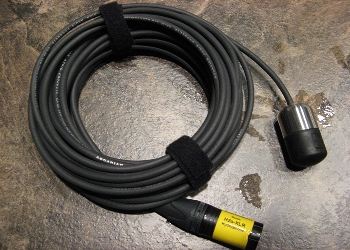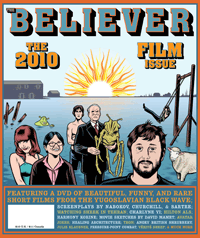When I read about the 1:1 crop mode on the soon-to-be released Panasonic GH2, my jaw about hit the floor. The possibility of turning my 50mm Nikon lens into a 500mm lens capable of shooting 1080p HD video on the GH2 by doing nothing more than flicking a switch is rather interesting. No wonder some bloggers are calling it “the best feature in a video DSLR yet.” From EOSHD.com:
1:1 crop mode is a tap directly into the sensor, it takes a 1920×1080 window from the centre of the sensor so no scaling or image processing is required. It then takes this RAW sensor data and bypasses the usual image processor completely, sending it direct & uncompressed to the encoder chip.
I mentioned this to a film industry friend of mine today, and he said “that’s cool, but your 60D can ALMOST do that already.” I was like, “oh yeah, I remember reading something about a standard-def tele setting.” But I’ll admit it: when I see SD-only when reading a manual, my eyes glaze over and I move on. I’m living in an HD world, and I expect everything around me to be living and breathing HD. So as far as I was concerned, the 640 crop mode on the 60D didn’t exist. Until today.
When I got home this evening, I decided to investigate this feature. I made this short clip with my Canon 60D, mostly to help myself understand it. It illustrates how it could come in very handy: shooting a tight close-up of something you want to frame in a window.
As this video illustrates, you would have to enlarge 1080p video to about 275 percent to get the same size as the detail captured in a window shot in 640 crop mode…and we all know what happens to any image when you try to blow any video up that much: it falls apart.
What’s more, if you apply this technique to 720p HD video, things look even better: you get from the 640 crop an image that is more than half the size of the 720p footage you might pair it with. So you could do things like side-by-side comparisons of medium and extreme close up subjects. All without leaving HD.
Of course, you could just be gobsmacked (as I suddenly am) with the fact that I can turn my 300mm lens into a 2,100mm lens, and shoot that impossibly-far-away-ship-with-heat-waves-dancing-on-it. Nevermind that it’s SD – I can shoot it. But then again…
You could just buy a GH2 and do all that and more in 1080p HD. Consider this: the GH2 is a 2x crop camera. So my 300mm Nikon lens, on the GH2 with an adapter, becomes a 600mm lens. Now hit the 1:1 crop feature, and it becomes…what? I’m not sure, actually. But I know it’s really fucking big. From what I can gather from the pre-release chatter, it’s at least as much as the 7x crop factor of the 60D. Which would transform my 300mm into a 4,200mm lens. Shooting 1080p video.
Wow. Holy crap. This really does change everything.

